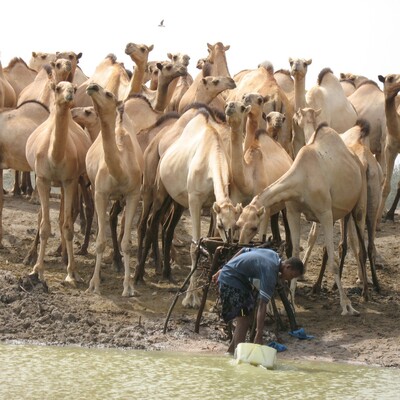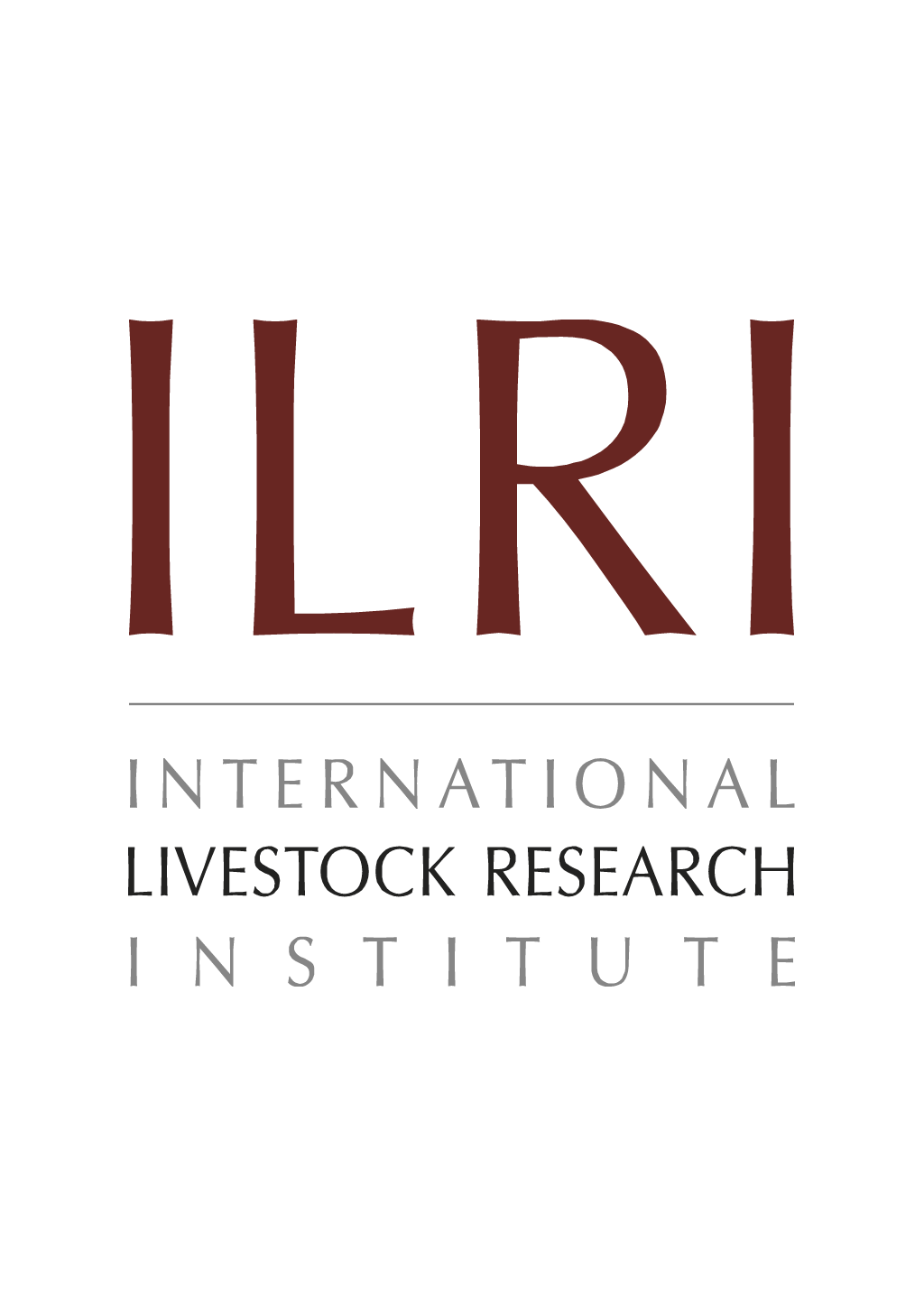
Assessment of feed resources in Welayta Sodo
Abstract
A diagnostic survey was carried out to assess the available feed resources in Welayta Awraja (district) around Sodo area. The quantity of different feed resources available in the Awraja was estimated, based on crop produciton and land use information. Chemical composition and in vitro DM digestibility of some feed resources were also determined. Shortage of grazing land and inadequate feed supply was the major constraints of livestock production in the area. The size of land holding per house-hold was 0.96 ha. About 23 percent of the total holding, 0.23 ha, was used for grazing. Feed resources available to the farmers were dominated by poor quality natural pastures and crop residues. The total quantity of animal feed supply from natural pastures, stubble grazing and fallow land grazing were estimated at 345, 27 and 17 thousand tones of DM, respectively. In 1982/83 production year crop residues contributed 166 thousand tones of DM. Forest, woodland, bushland and shrubland contribute 87,000 tones of DM per year. The available feed supply, on a year round basis, satisfies only 78 percent of the maintenance DM requirement of the livestock population of the Awraja. Available evidence also suggests protein deficiency and marginal supply of energy at this level of DM supply. However, the farmers have the tradition of supplementing their animals with leaves and shrubs of various wild and domestic plants, household wastes and left overs. Chemical analyses of the various wild and domestic plants commonly used as supplementary feed by the farmers in Welayta indicated that these plants are potentially useful dry season supplements to crop residue and natural pasture based diets. Thus the growing of forage legumes that are compatible in undersowing or interplanting with food crops and plantation crops, and the production of multipurpose fodder trees as a fence line around the homestead and on crop margins, is a readily acceptable approach of fodder production in Welayta Sodo. The more promising wild plants should be further investigated for their voluntary intake and digestibility by animals, content of anti-nutritional factors, biomass production and ease of propagation.
Citation
Ethiopian Journal of Agricultural Science;14(1/2): 69-87




